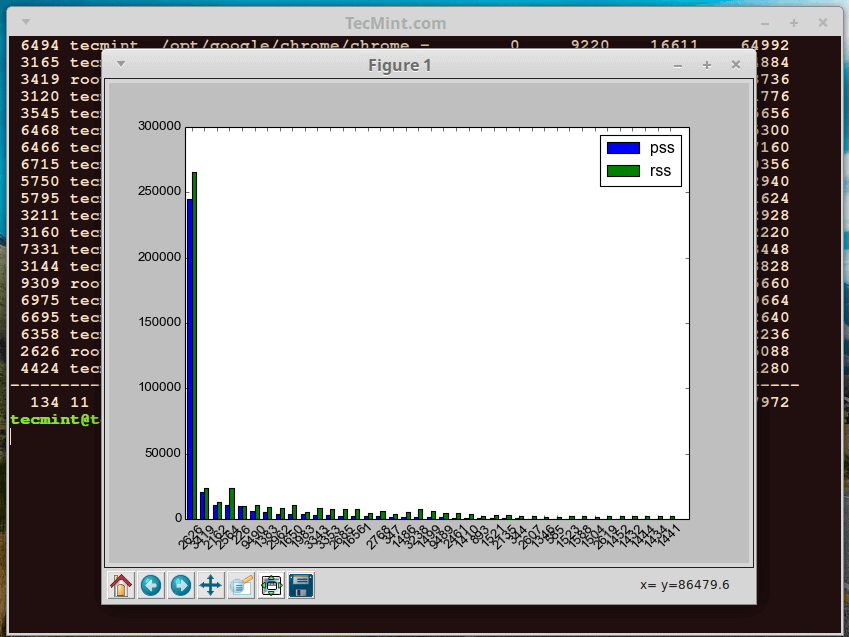
The same page that runs smoothly on a high-end smartphone might crash on a low-end smartphone. There are no hard numbers here, because different devices and browsers have different capabilities. What qualifies as "using too much memory"? But memory bloat is a bit harder to pin down. If a site is progressively using more and more memory, then you've got a leak. So if the browser is garbage collecting a lot, script execution is going to get paused a lot.Ī memory leak is easy to define. During collections, all script execution is paused. Garbage collection is when the browser reclaims memory. This is possibly a symptom of frequent garbage collections. A page's performance is delayed or appears to pause frequently.Memory bloat is when a page uses more memory than is necessary for optimal page speed. This is possibly a symptom of memory bloat. A page's performance is consistently bad.A memory leak is when a bug in the page causes the page to progressively use more and more memory over time. This is possibly a symptom of a memory leak. A page's performance gets progressively worse over time.Users can perceive memory issues in the following ways: Memory issues are important because they are often perceivable by users. In the spirit of the RAIL performance model, the focus of your performance efforts should be your users. Find out when new memory is being allocated in your JS heap with Allocation Timeline recordings.Identify detached DOM trees (a common cause of memory leaks) with Heap Snapshots.Visualize memory usage over time with Timeline recordings.

Find out how much memory your page is currently using with the Chrome Task Manager.Learn how to use Chrome and DevTools to find memory issues that affect page performance, including memory leaks, memory bloat, and frequent garbage collections.


 0 kommentar(er)
0 kommentar(er)
